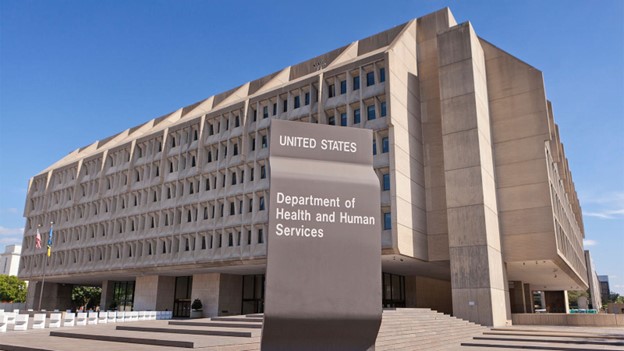The State of America's Direct Support Workforce Crisis 2024
New report sheds light on persistent problems facing community providers due to ongoing recruitment and retention challenges
Browse the Data
ANCOR News - 03.09.21
Understanding Options for Associations Applying for PPP
Share this page
Stay Informed on the Latest Research & Analysis from ANCOR
More News
Capitol Correspondence - 01.09.24
HHS and Long-Term Care Facilities Continue to Engage on COVID-19 Vaccination Policies

Capitol Correspondence - 11.28.23
HHS Forms Advisory Committee to Address Long COVID Challenges
Capitol Correspondence - 08.29.23
